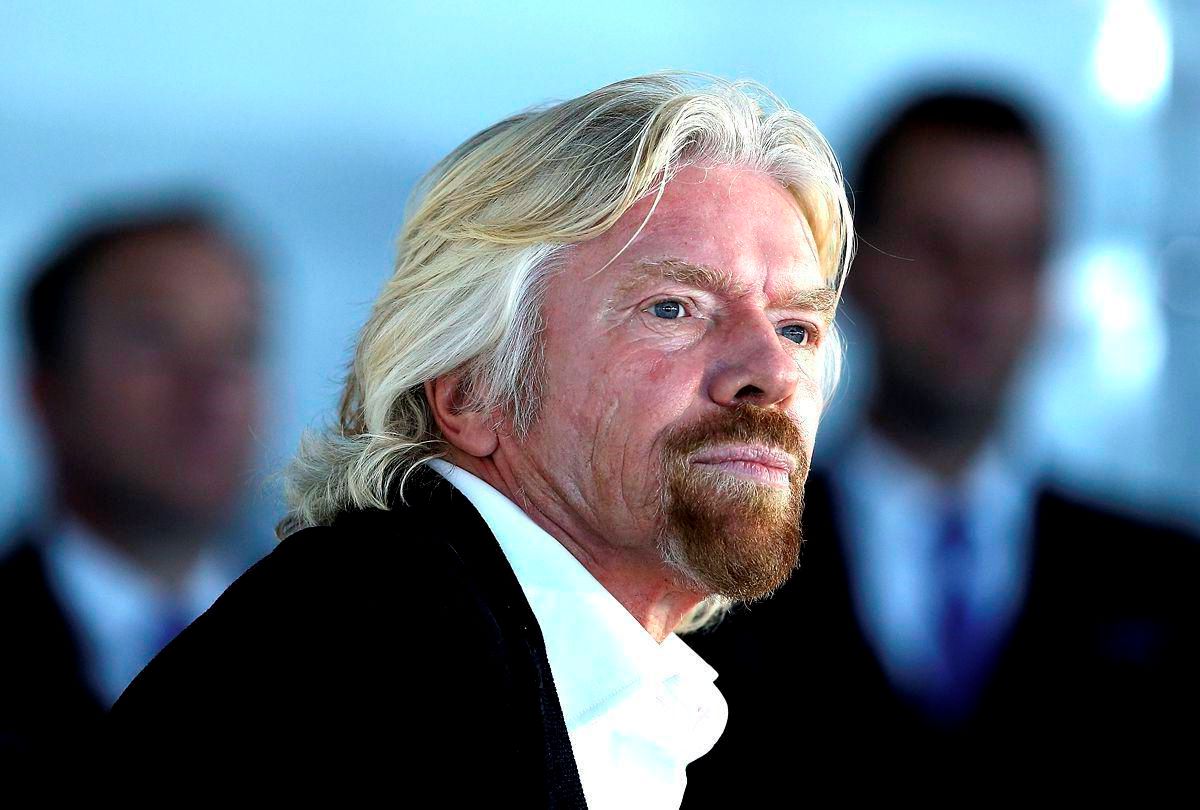
Germany's zoos are among the most fascinating and diverse in the world, offering visitors a unique glimpse into the animal kingdom. German zoos stand out for their commitment to conservation, education, and research, making them more than just places to see exotic animals. They play a crucial role in protecting endangered species and fostering a deeper understanding of wildlife among the public. With over 400 zoos and animal parks, Germany provides homes to thousands of species, from the majestic African elephants to the tiny poison dart frogs. Each zoo has its own special attractions, innovative habitats, and conservation programs, ensuring that every visit is both educational and entertaining. Whether you're an animal lover, a family looking for a fun day out, or a conservation enthusiast, German zoos have something to offer everyone.
What Makes German Zoos Unique?
German zoos stand out for their commitment to conservation, education, and innovative habitats. Unlike many other zoos worldwide, those in Germany often lead in breeding programs for endangered species and provide immersive experiences that mimic natural environments for the animals. This approach not only benefits the wildlife but also enhances the visitor experience, making each zoo visit educational and memorable.
-
Germany is home to more than 400 zoos, including wildlife parks, aquariums, bird parks, and animal reserves. This high number reflects the country's love for nature and wildlife.
-
The Berlin Zoo, founded in 1844, is the oldest zoo in Germany. It's renowned for its diverse collection of species, including some that are rare or endangered.
-
Zoologischer Garten Berlin holds the title for the most comprehensive collection of species in the world. Visitors can see over 1,200 different species, ranging from insects to large mammals.
Conservation Efforts in German Zoos
German zoos are not just about displaying animals; they are deeply involved in conservation work both locally and internationally. They participate in breeding programs, research, and habitat restoration projects to help protect endangered species.
-
The Zoo Leipzig is famous for its "Gondwanaland" tropical experience dome, which houses around 17,000 plants and several hundred animal species, showcasing the zoo's commitment to biodiversity.
-
Tierpark Hagenbeck in Hamburg was the first zoo to use open enclosures surrounded by moats, instead of barred cages, revolutionizing animal habitats worldwide.
-
Many German zoos are part of the European Endangered Species Programme (EEP), which aims to preserve rare species through coordinated breeding programs.
Educational Programs and Visitor Experience
Education is a key component of the mission of German zoos. They offer a wide range of programs aimed at teaching visitors about the animals, their habitats, and the importance of conservation.
-
Interactive exhibits are common, allowing visitors to learn through engagement. Touch tanks, feeding sessions, and guided tours are just a few examples.
-
Zoos like Tierpark Berlin offer educational programs for schools, focusing on environmental conservation and the role of zoos in protecting biodiversity.
-
Special events, such as night tours and animal keeper talks, provide unique insights into the lives of zoo animals and the work that goes into their care.
Unique Animals and Breeding Successes
German zoos have had remarkable success in breeding endangered species, contributing to global conservation efforts.
-
The White Rhino born in Zoo Leipzig and the Black Rhino calf at Berlin Zoo are examples of successful breeding programs for critically endangered species.
-
Tierpark Hagenbeck was the first zoo to successfully breed elephants in captivity, a significant achievement in the world of wildlife conservation.
-
Rare animals, like the Okapi at Cologne Zoo, are part of international breeding programs that aim to increase their populations and eventually reintroduce them into their natural habitats.
Challenges and Future Directions
Despite their successes, German zoos face challenges, including the need for constant innovation in animal care and habitat design to ensure the well-being of their residents.
-
Climate change poses a significant threat to zoo habitats, requiring adjustments in how zoos manage both their local environments and participate in global conservation efforts.
-
The ongoing debate about the ethical implications of keeping animals in captivity encourages zoos to continually improve living conditions and focus on conservation and education.
-
Advances in technology offer new ways to enhance animal care and visitor experience, from virtual reality tours to apps that provide detailed information about the zoo's inhabitants and conservation work.
A Final Stroll Through German Zoos
German zoos offer a unique blend of conservation, education, and entertainment. They're not just places to see animals but hubs where wildlife conservation takes center stage. From Berlin's historic zoo with its record-breaking species count to Munich's Hellabrunn Zoo, pioneering the geo-zoo concept, these institutions are at the forefront of global efforts to protect endangered species. They provide immersive experiences that connect visitors with the natural world, fostering a deeper understanding and appreciation for the diversity of life on our planet. Whether it's witnessing the rare birth of endangered animals or participating in interactive educational programs, German zoos leave a lasting impact on all who walk through their gates. So, next time you're pondering a visit, remember, it's more than just a day out; it's a chance to step into the heart of wildlife conservation.
Was this page helpful?
Our commitment to delivering trustworthy and engaging content is at the heart of what we do. Each fact on our site is contributed by real users like you, bringing a wealth of diverse insights and information. To ensure the highest standards of accuracy and reliability, our dedicated editors meticulously review each submission. This process guarantees that the facts we share are not only fascinating but also credible. Trust in our commitment to quality and authenticity as you explore and learn with us.


